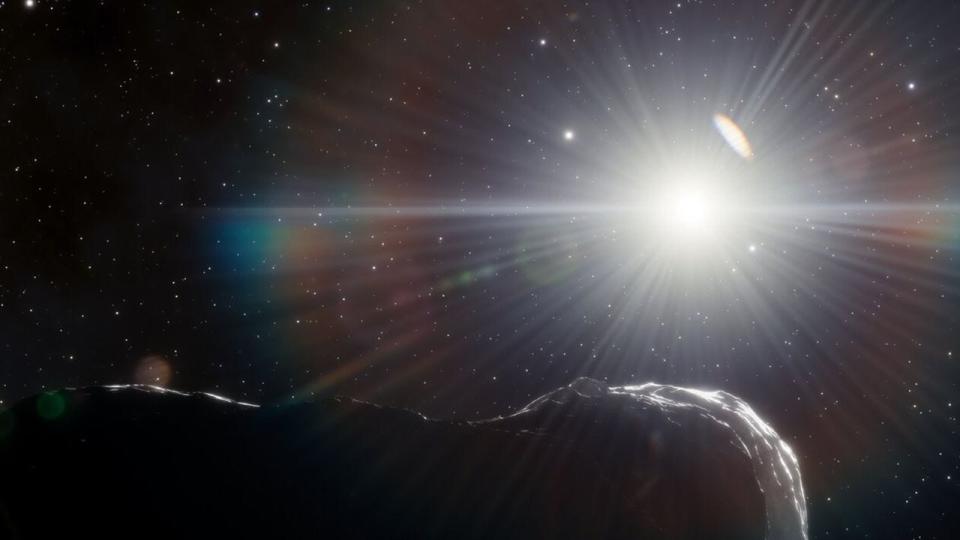A massive asteroid’s ‘earth close approach’ Wednesday will still be pretty far from you
NASA has cleared up previously unconfirmed reports of a massive asteroid supposedly hurtling closely towards Earth on Wednesday.
A massive asteroid named 2005 YY128 will fly by Earth at a safe distance on Feb. 15, Paul Chodas, the director for the Center of Near Earth Object Studies at NASA’s Jet Propulsion Laboratory, told USA TODAY.
“Yes, the asteroid is probably fairly large, probably between 1,903 and 4,265 feet ” Chodas said in a statement on Monday.
Astronomers have been tracking this asteroid for 17 years and can accurately predict when it orbits the sun, Chodas said.
'One of the closest approaches ever': A huge asteroid is going to fly by Earth, NASA says
Asteroid Launcher: See what would happen if a mega asteroid hit your home, city or state
Even though the astronomical event is called an "Earth Close Approach," astronomers predict “with certainty” that the asteroid will only get within 2.8 million miles of Earth – about 12 times farther away than the moon, Chodas said.

Chodas called stories that suggest the asteroid could crash into Earth “simply bogus.”
“The asteroid poses absolutely no risk to humans," Chodas added.
It does, however, offer scientists the chance to take some up-close measurements of the asteroid with radar.
Jupiter: 12 new moons discovered orbiting planet, giving it the most in our solar system
How can NASA divert asteroids?
The best way to divert large asteroids heading for collision with Earth is to discover them years or even decades ahead of time, Chodas said.
“If this asteroid, for example, had been heading for an impact this week, we would have been able to predict (a collision) way back in 2005-6, and there would have been roughly 17 years in which to divert its path,” Chodas said.
The successful DART mission last year has proven NASA's ability to be able to deflect near-Earth objects, or NEOs, years before a potential impact by using a spacecraft that intentionally rams into asteroids to change its velocity and orbit, just slightly.
"All of this is quite hypothetical, of course, as there are no known large asteroids heading for impact with Earth,” Chodas wrote with "no" capitalized.
Also, NASA recently announced that work on NEO Surveyor – an asteroid-hunting telescope designed to protect Earth from disaster – had begun.
NASA's new asteroid-hunting telescope: Made to protect Earth from disaster
Asteroid hits Earth hours after spotted: Meteor turns into 'beautiful' fireball over Europe
The new telescope is designed to advance NASA’s planetary defense efforts by discovering 90% of NEOs that make their way into Earth’s neighborhood. The telescope is expected to be capable of spotting any asteroids – 460 feet or larger– and within 30 million miles of Earth's orbit, and capable of posing any risk to humans.
The telescope, set to launch no earlier than June 2028, will be able to find NEOs within a decade of launch.
Camille Fine is a trending visual producer on USA TODAY's NOW team.
What's everyone talking about? Sign up for our trending newsletter to get the latest news of the day
This article originally appeared on USA TODAY: NASA: Asteroid will pass by Earth Wednesday at 2.8 million miles away

